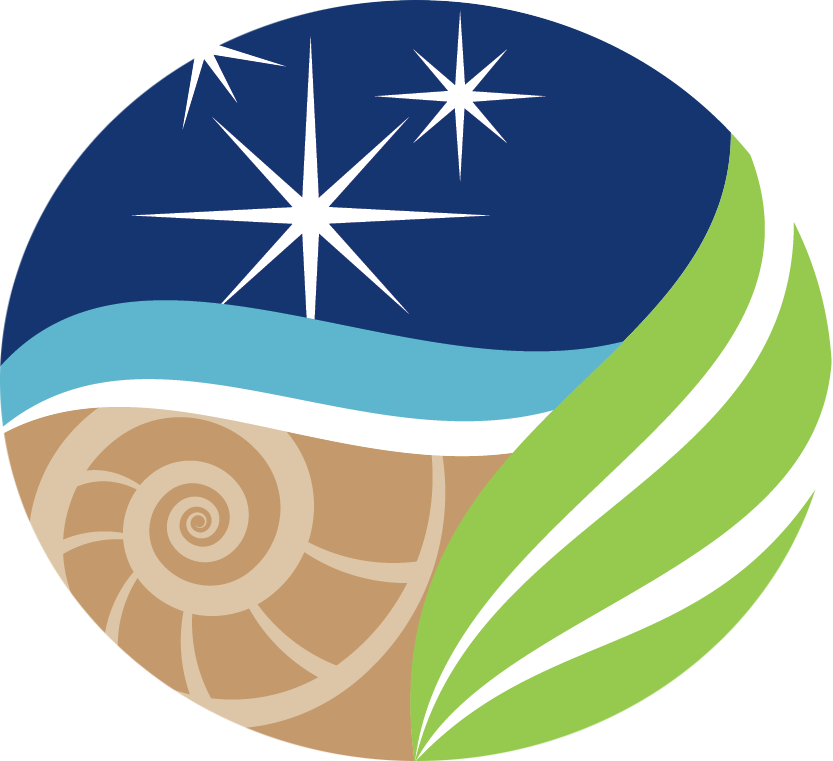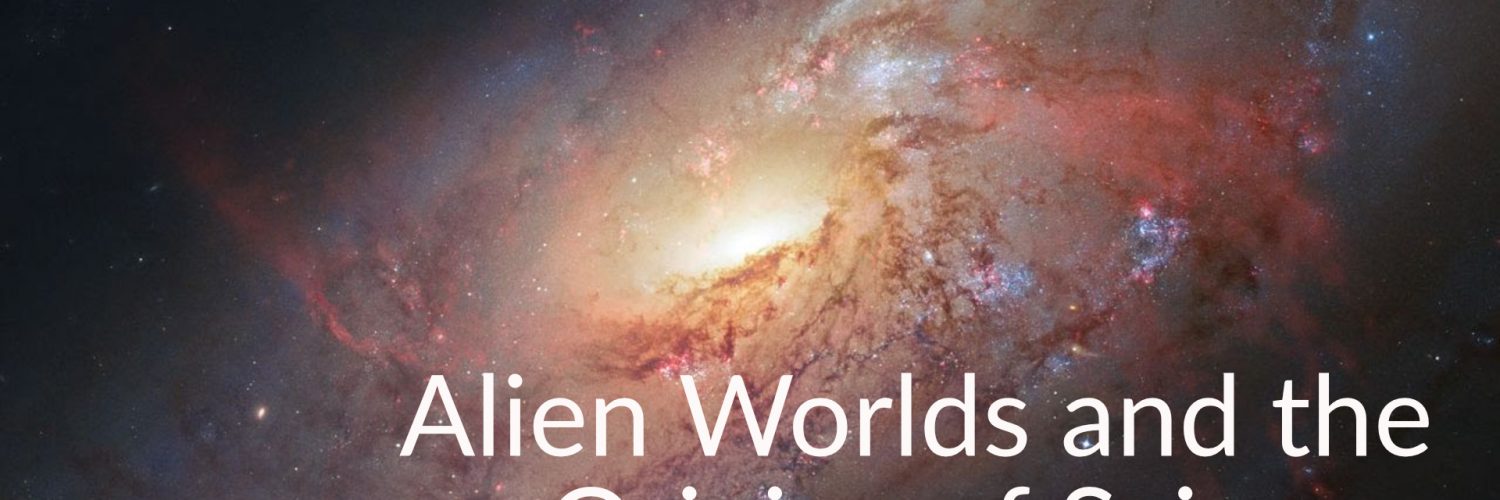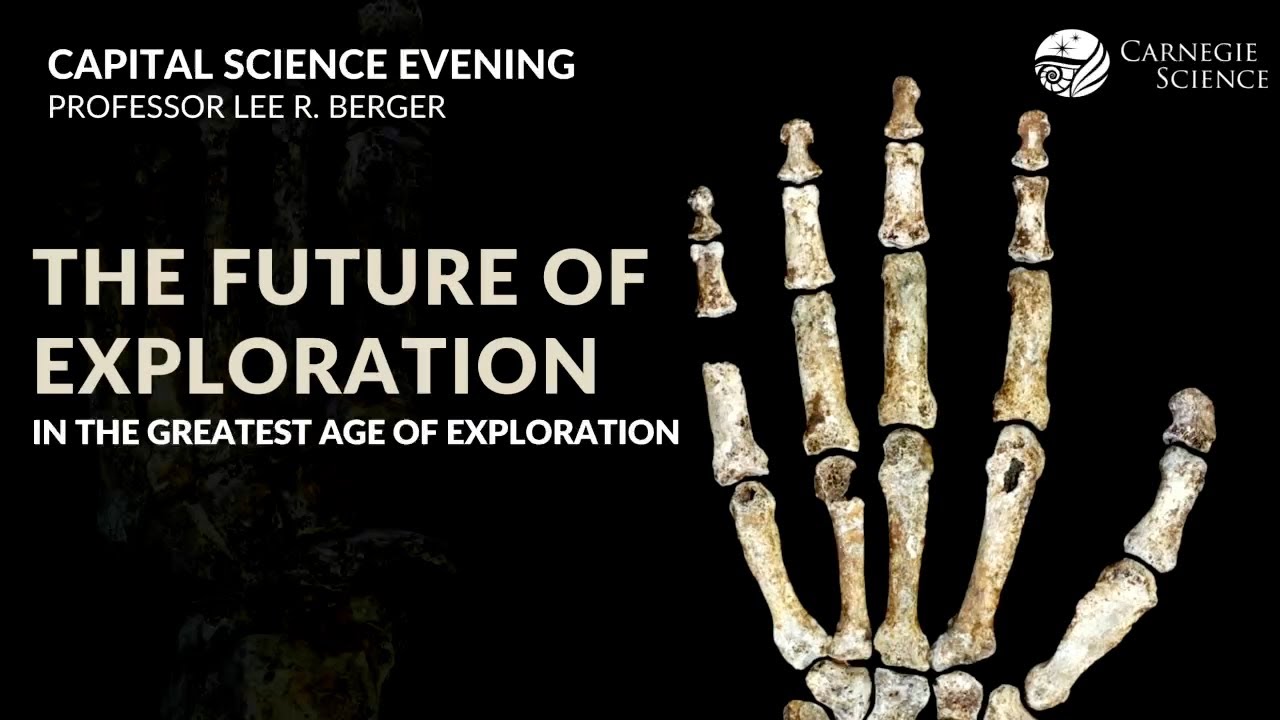Modern science began with Copernicus speculating that the Earth is a planet and that all the planets orbit the Sun. During the first four centuries of modern science, the discovery of extrasolar planets remained tantalizingly out of reach. Finally, in 1995,the first confirmed exoplanets were found. Since then, the trickle of new planets has grown to a flood, first from ground-based precision Doppler surveys, and, more recently, from the Kepler and TESS space missions. The initial speculation of extrasolar planets and life that led to modern science have now come full circle, with realistic prospects of direct imaging and spectroscopy of Earth-like planets around nearby stars within the next generation.
Dr. R. Paul Butler: Staff Scientist, Earth & Planets Laboratory, Carnegie Institution for Science
Image: Courtesy Carnegie Institution for Science/Robin Dienel





